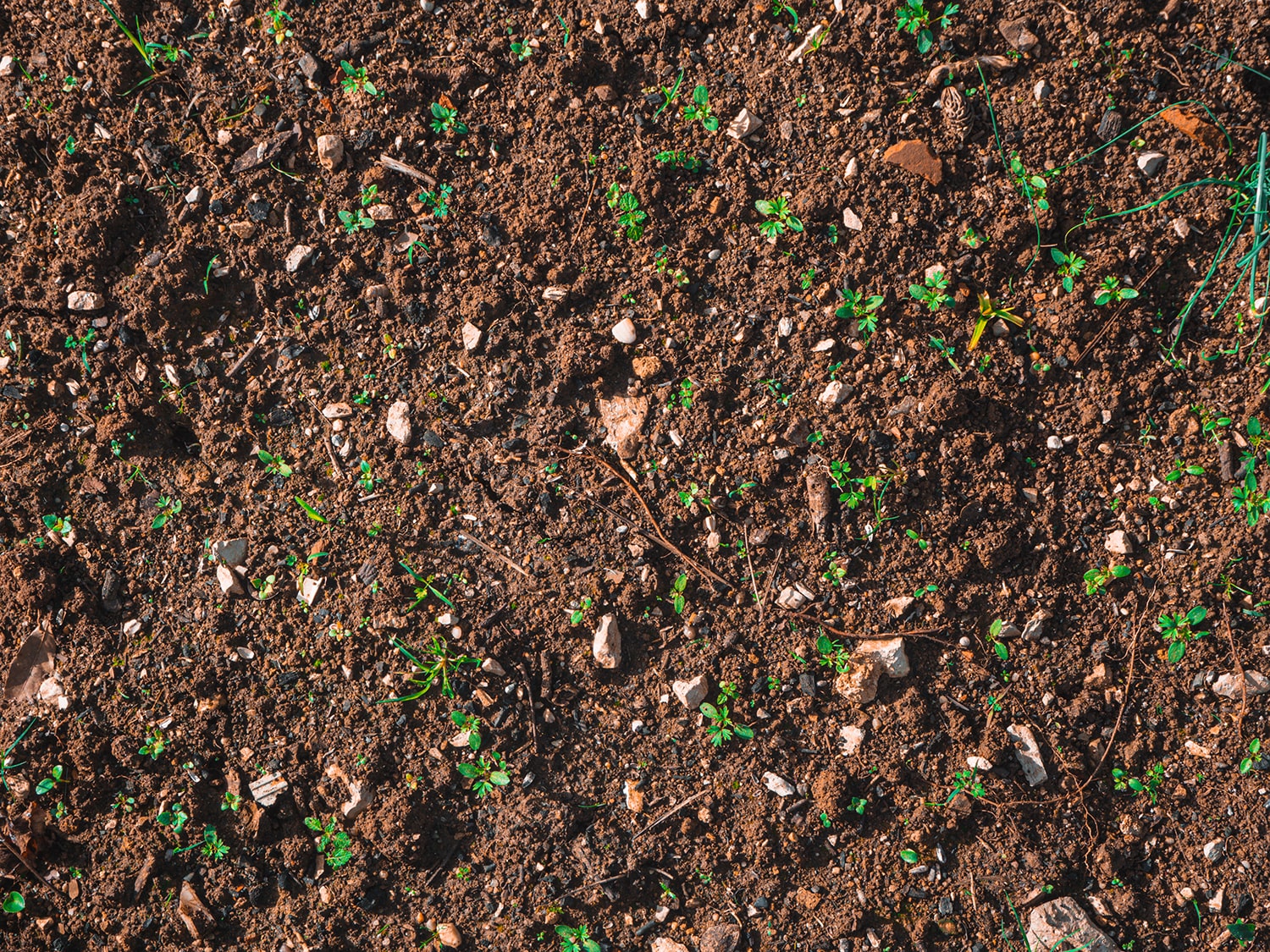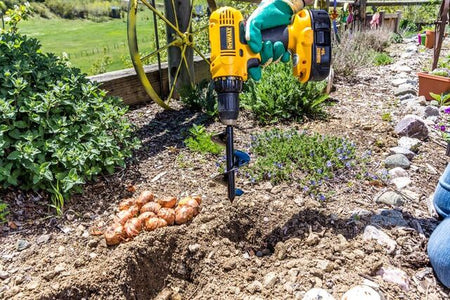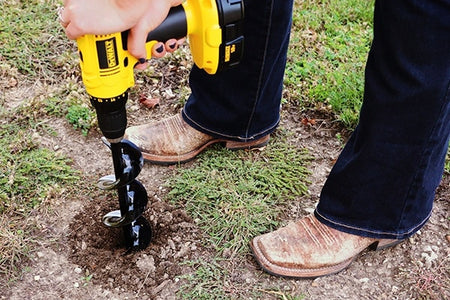After a long winter, your garden needs a refresh to get it ready for the spring growing season. All that time sitting dormant can lead to lots of dead foliage and debris, your soil may be compacted, and your tools might need some attention.
When is the best time to start this process? As soon as possible! Even if the ground is frozen and it’s too cold to work outside, you can still work on tasks that can be done indoors — such as readying tools, seed trays and planters that you’ll be using later.
Ready to learn how to prepare your garden for spring planting? Here’s what you will need to do.
1. Start With Tools and Planters
Tools are a gardener’s best friend. After a winter stowed in the shed, they’ll probably need some attention before you start gardening.
Here are some steps to take:
- Maintain rakes and other hand tools, as needed — clean them, oil wooden handles and steel parts, etc.
- Pruning tools should be sharpened and oiled.
- Check hoses, nozzles, and hose fittings for leaks.
- For wheelbarrows and other gardening tools with wheels, make sure those wheels are aired up — and it doesn’t hurt to oil moving parts.
- Maintain power equipment as directed by the manufacturer. Conduct oil changes or change spark plugs, if needed.
- Ready any planters you might use, including seed trays. Make sure everything is sterilized. If you use peat pots to start plants, think about purchasing the amount you’ll need early so that you have them when it’s time to start seeds.
2. Order Well in Advance
Planning a lot of seeds and bulbs this year? If you like to order from garden catalogs and websites, be sure to get those orders in plenty early so that you can ensure you get them ahead of the optimal planting time.
3. Start Seeds Indoors
In reality, this step could begin at lots of different times — sometimes even long before the snow melts in some climates. It all depends on what you’re growing. For most vegetables that can be started indoors, plan to start them at least six weeks before your planting date. However, since this varies by plant, be sure to read your seed packets to learn the best timeframes for individual plants.
4. Debris Cleanup
Between leftover fall leaves, fallen branches and last year’s foliage, winter creates a mess in your gardens. As soon as the snow melts, it’s time to get outside and clean up that mess. Rake the lawn to remove twigs and last year’s leaves. Get into garden beds to rake last year’s leftovers, too.
5. It’s Time to Prune
For many trees and shrubs, the best time to prune is early in the spring before the leaves start to sprout. That’s primarily because without the leaves, it’s easier to see the overall shape and structure of the tree or shrub. With that in mind, prune your larger ornamentals to help shape them for the year to come. Be sure to check what each tree or shrub will need, since pruning techniques may differ based on whether the plant in question has more of an upright or outward growing habit.
6. Plant Trees and Early Perennials
While many trees and perennials can be planted at various points during the growing season — even in the fall — the early spring is the best time for most because it gives them a chance to really get established ahead of the next winter. Plus, you’ll enjoy more time watching them grow.
7. Get Garden Beds Ready
For annuals and later perennials, the time to get your garden beds ready is about two weeks before you plan to plant. This means tilling, if needed. It’s also a good time to work in any needed amendments such as compost or ingredients to adjust the alkalinity or salinity of the soil.
Even if it isn’t directly related to growing, now is also a good time to add or update fences and other garden fixtures ahead of the growing season.
That’s how to prepare your garden for spring. If you’ve followed all these steps, you’ll be off to an amazing start. Don’t forget — if you need tools for tilling, try a Power Planter garden drill auger. These tools are perfect to help you work in soil amendments or drill holes to get all your plants in the ground.







